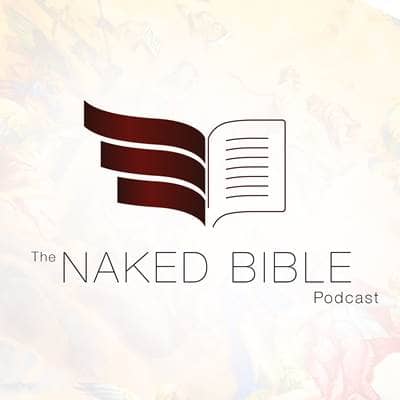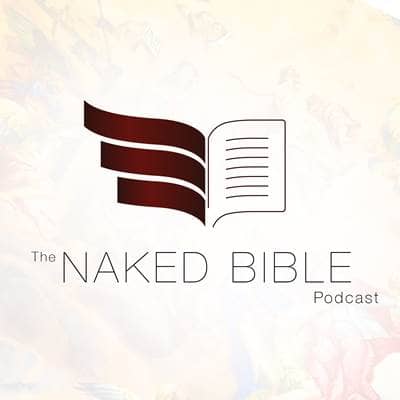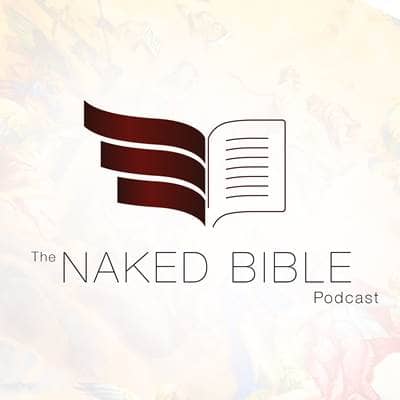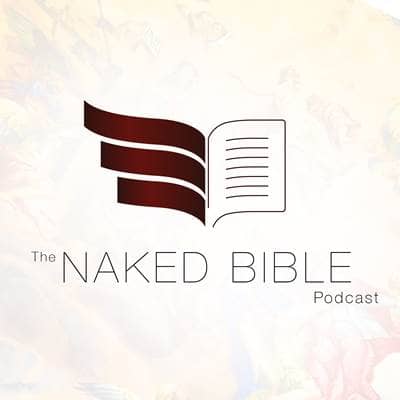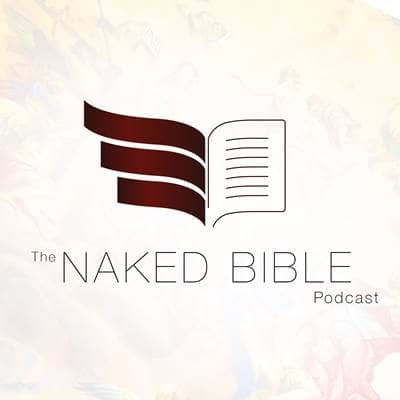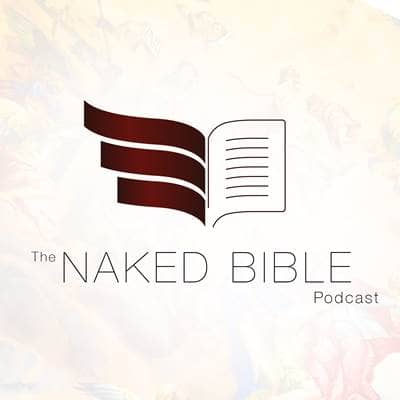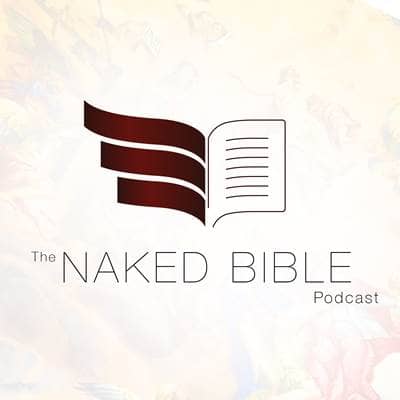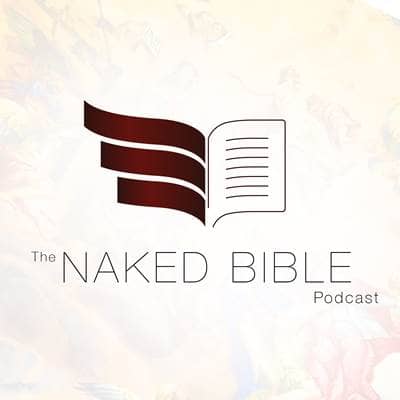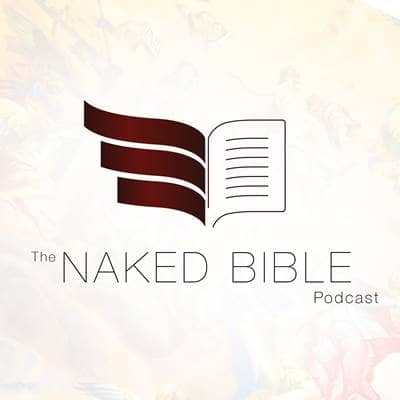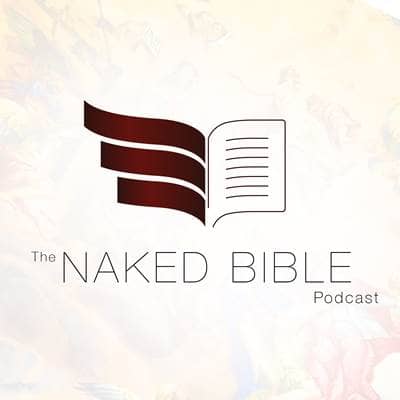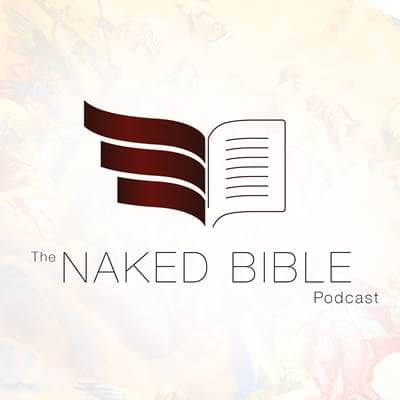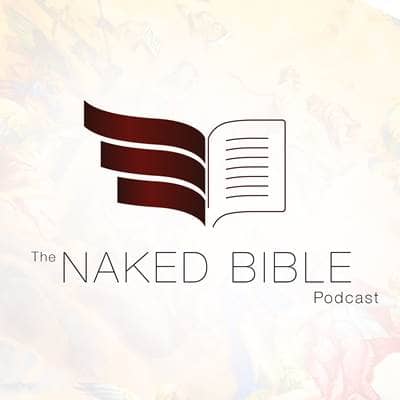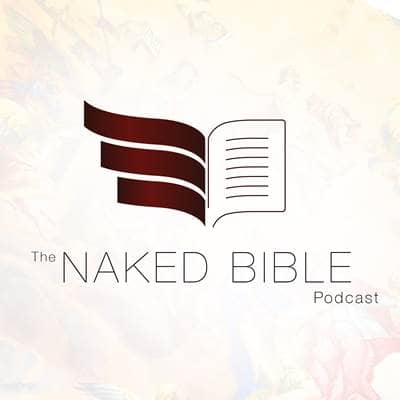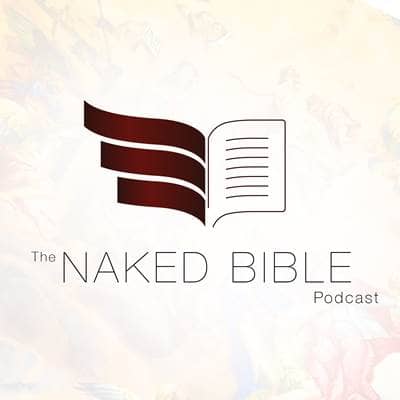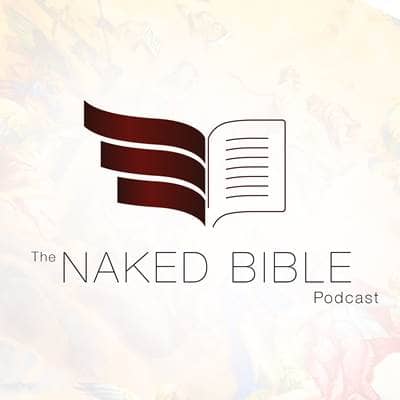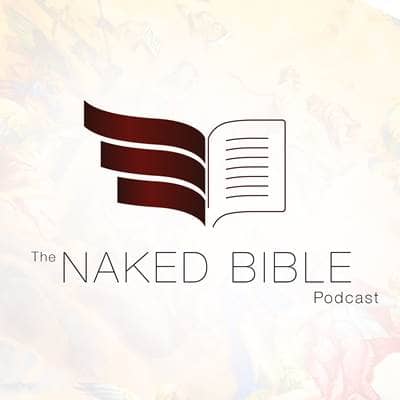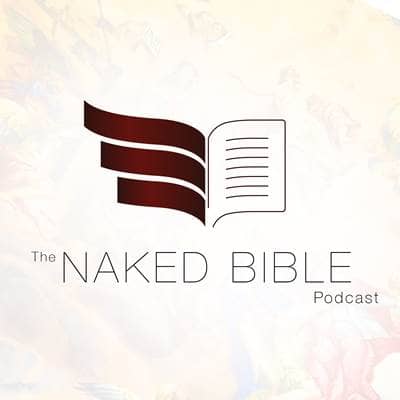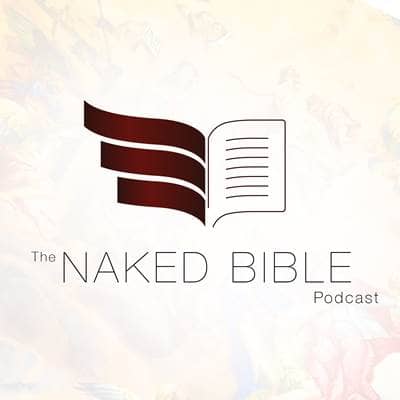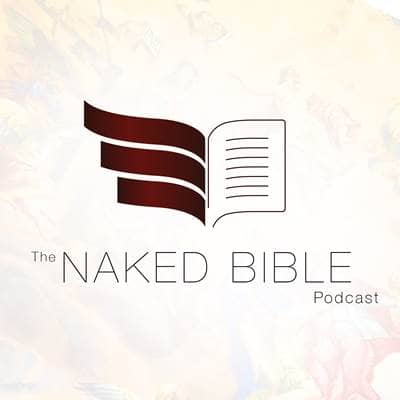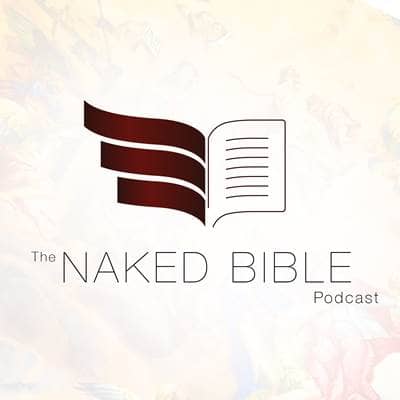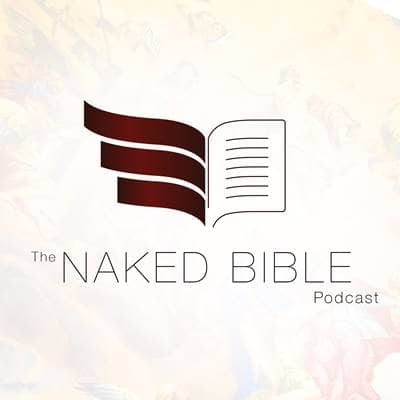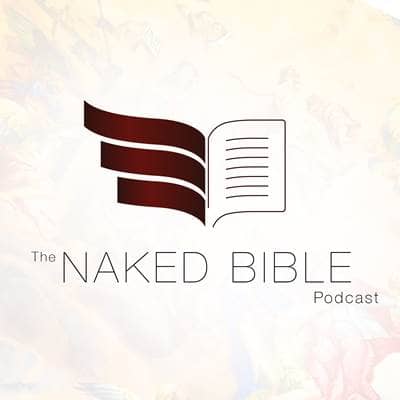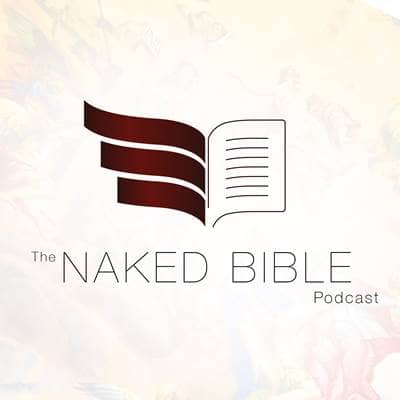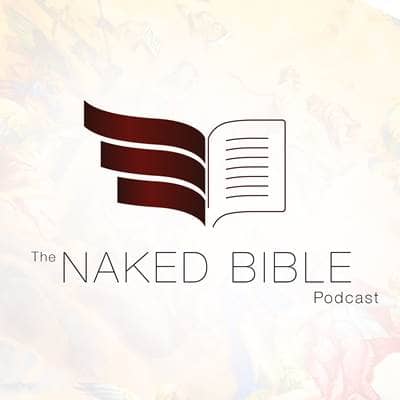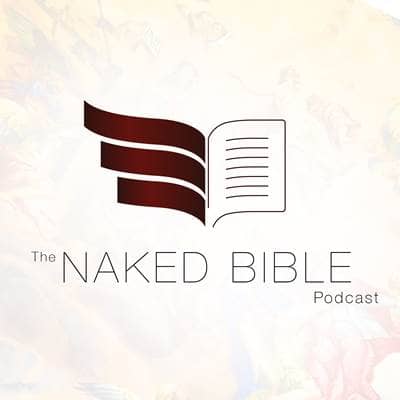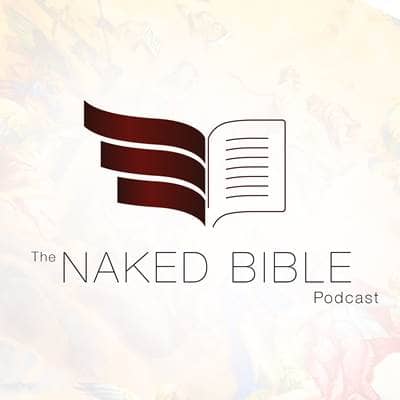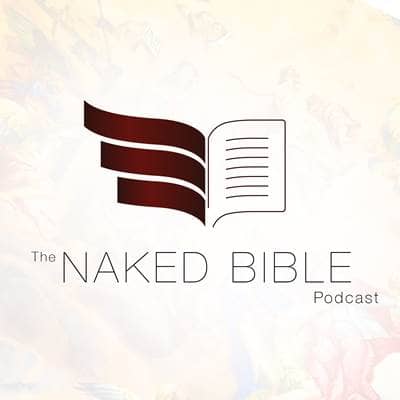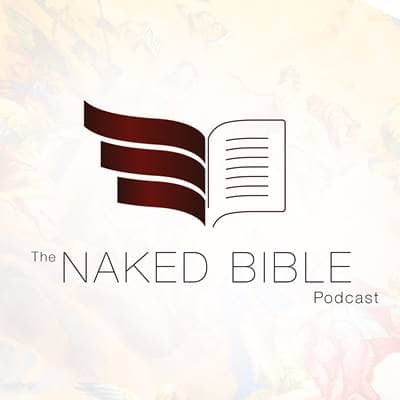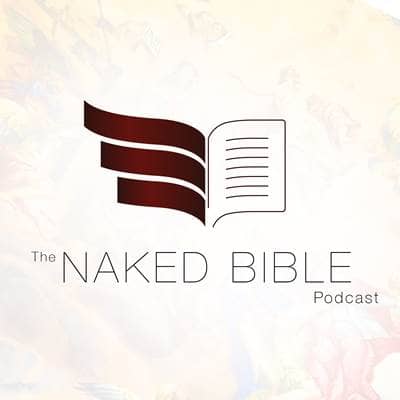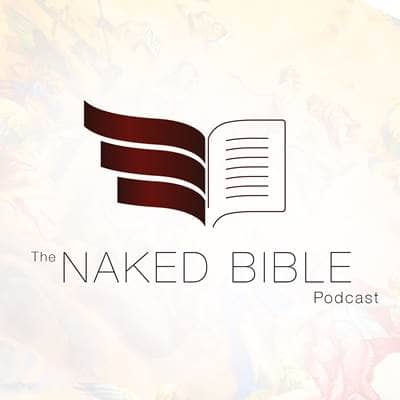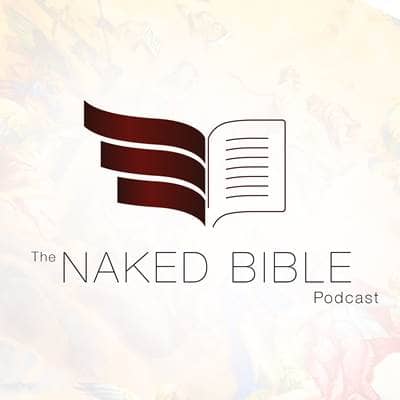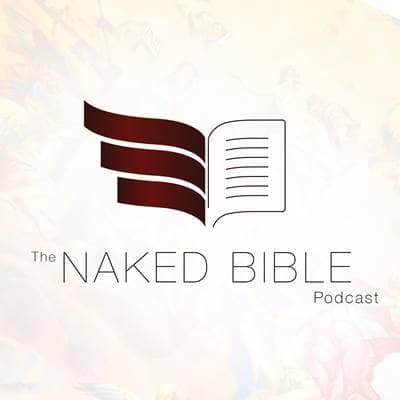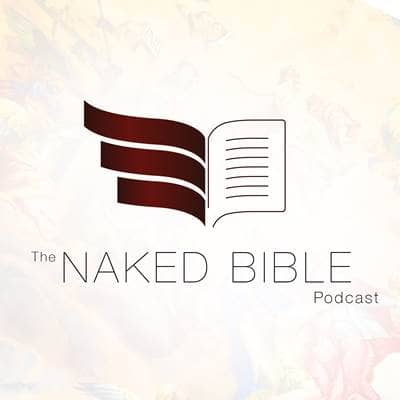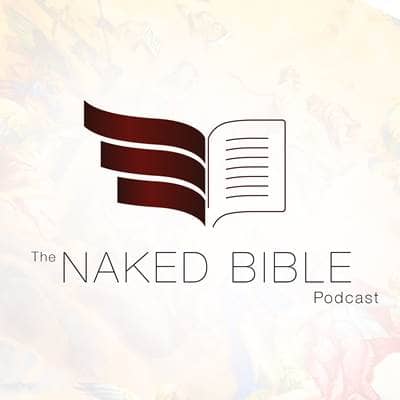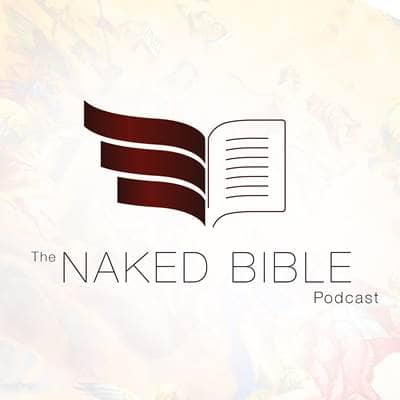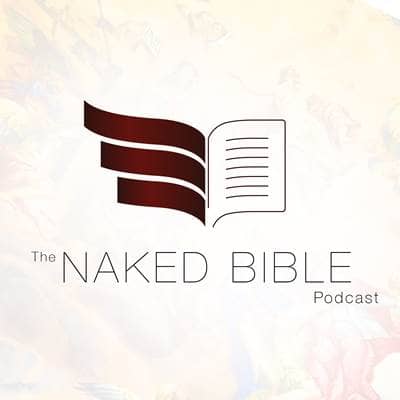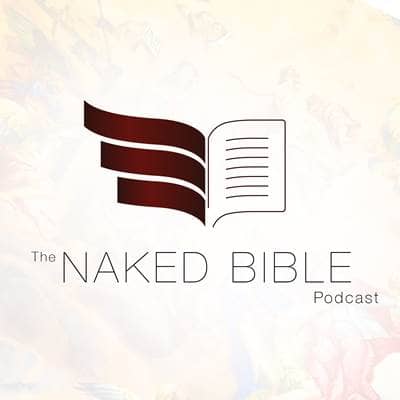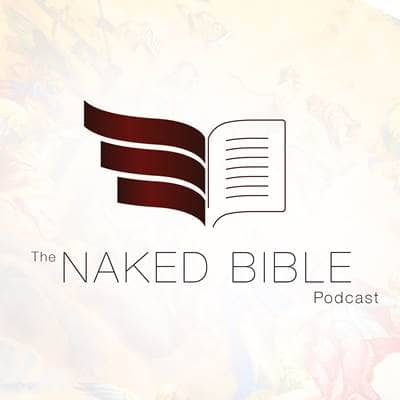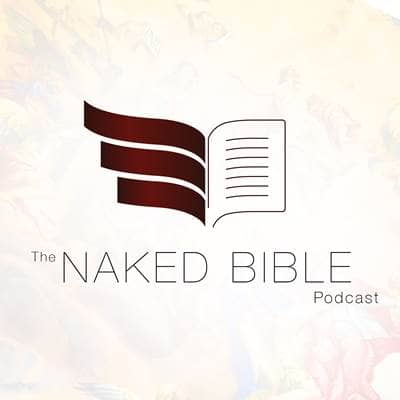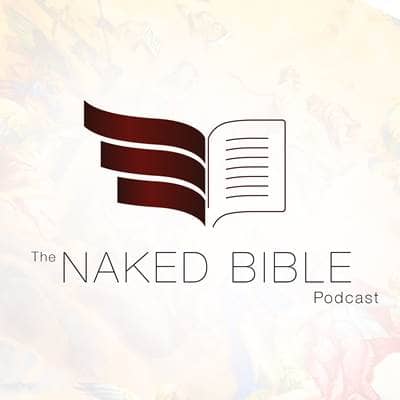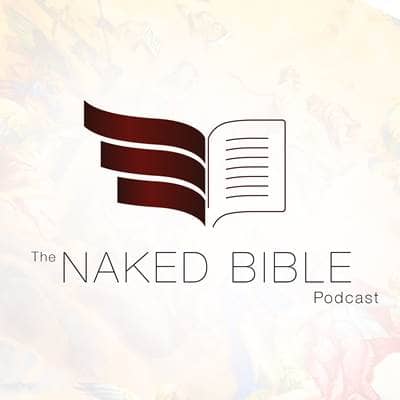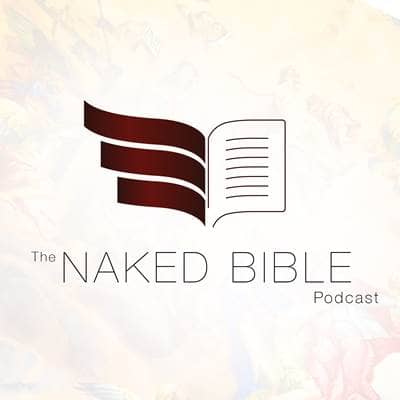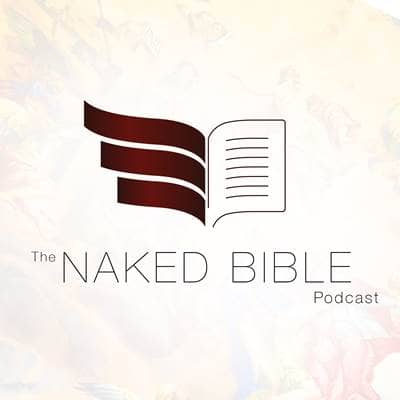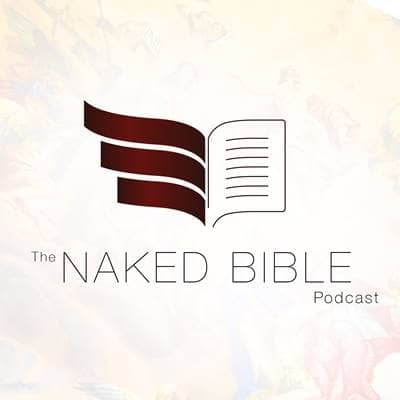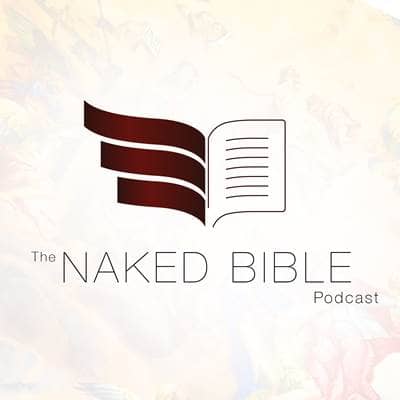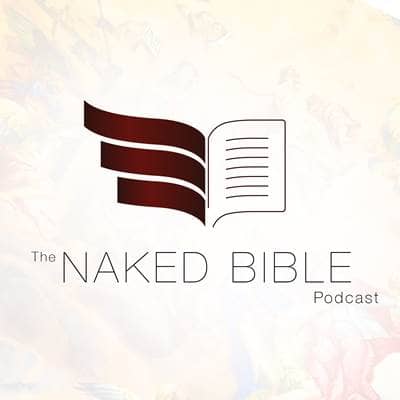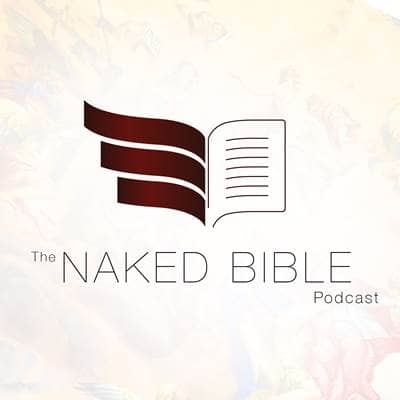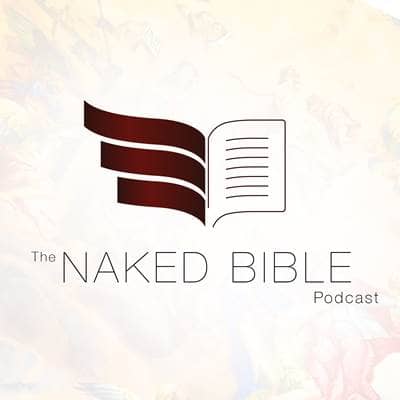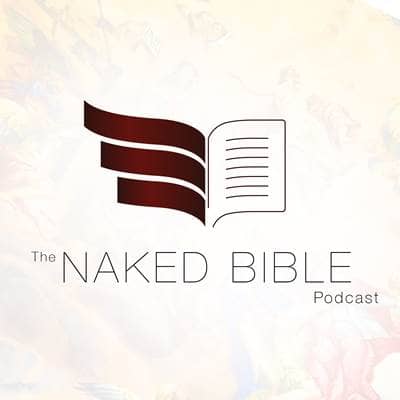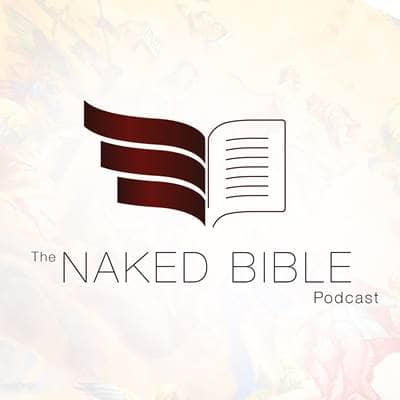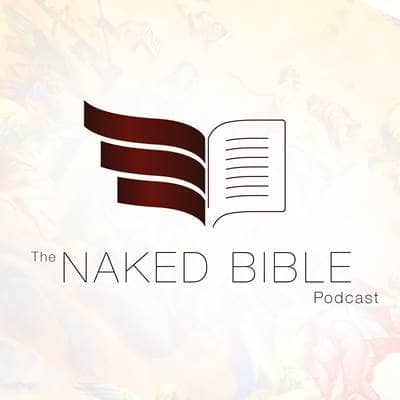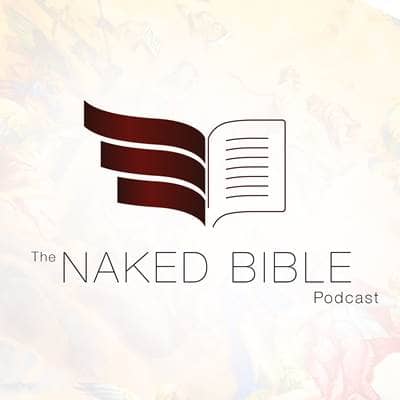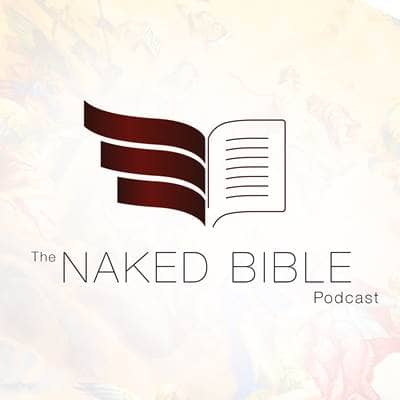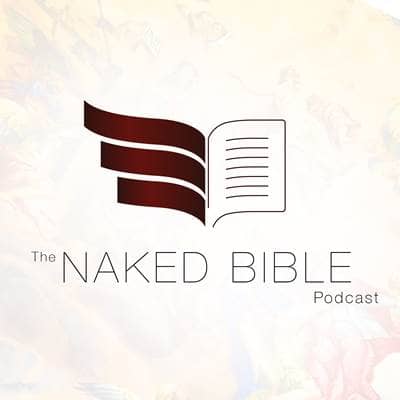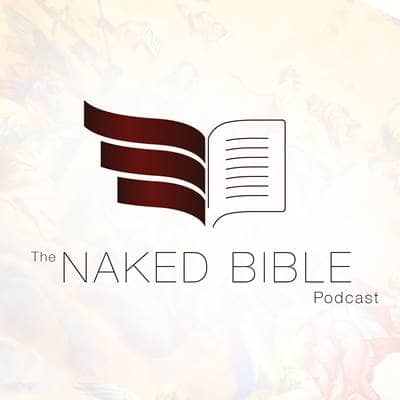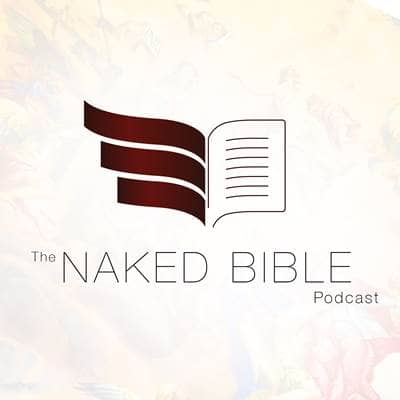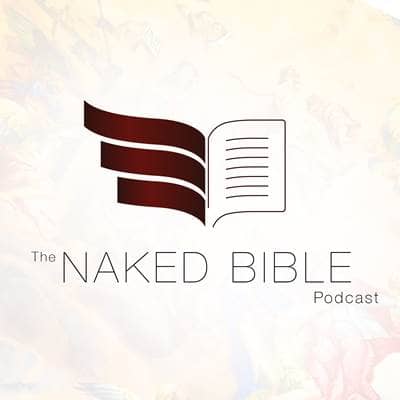In this second episode of the series on Bible study, Dr. Heiser discusses what interpreting the Bible “in context” really means — taking the Bible’s own primitive context seriously. Rather than filter the Bible through creeds dating from the 17th and 18th centuries, or even the period of early Christianity, the Bible’s actual context is the one that produced the biblical books — the era stretching from the 2nd millennium BC to the first century AD. All other contexts are foreign to the Bible, no matter how persuasive they are in denominational traditions. The student of the Bible must make all foreign contexts subservient to the Bible’s own context. That means replacing our own worldview with that of the biblical writer living during this ancient time span in the ancient Near East and eastern Mediterranean. The way to do that is to immerse ourselves in the intellectual output of those cultures in which the biblical Israelite and later Hellenistic Jews lived when God moved them to write Scripture. The episode ends with suggestions about resources for familiarizing oneself with the literature of all these cultures. These guides are the first step, and set the stage for a discussion of where to find these texts in English translation, as well as informed discussion of that material for enriching Bible study. Guides to the Literature of the Biblical Context and Worldview : Old Testament (informed by the Literature of the Ancient Near East) John Walton, Ancient Israelite Literature in its Cultural Context Victor Matthews, Old Testament Parallels: Laws And Stories from the Ancient Near East Kenton Sparks, Ancient Texts for the Study of the Hebrew Bible: A Guide to the Background Literature New Testament (informed by the literature of Second Temple / “Intertestamental” Judaism) Larry Helyer, Exploring Jewish Literature of the Second Temple Period: A Guide for New Testament Students (Christian Classics Bible Studies) Craig Evans, Ancient Texts for New Testament Studies: A Guide to the Background Literature D. deSilva, Introducing the Apocrypha: Message, Context, and Significance
- Trending:
- Pope Leo Xiv
- |
- Israel
- |
- Trump
- |
- Social Justice
- |
- Peace
- |
- Love
The Naked Bible
Naked Bible 017: Taking the Bible’s Own Context Seriously episode / season 1








